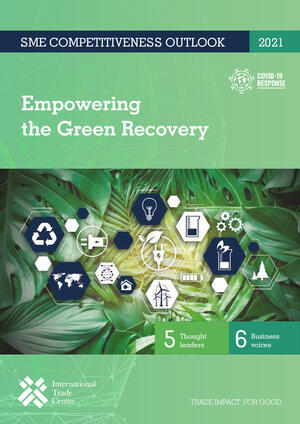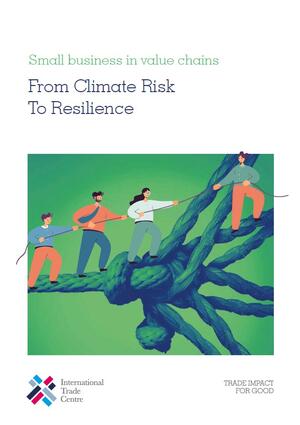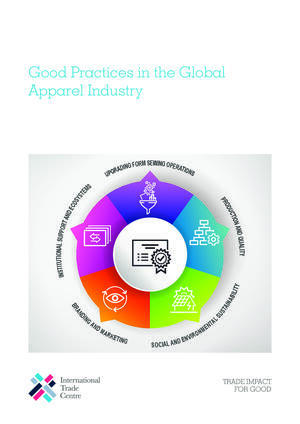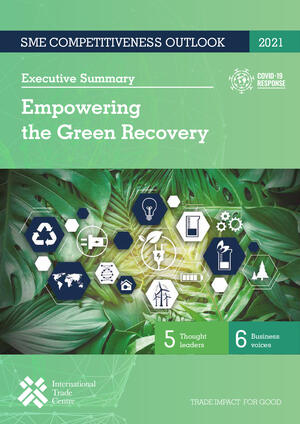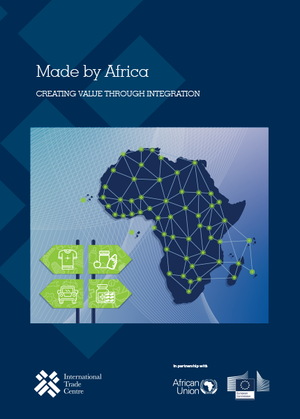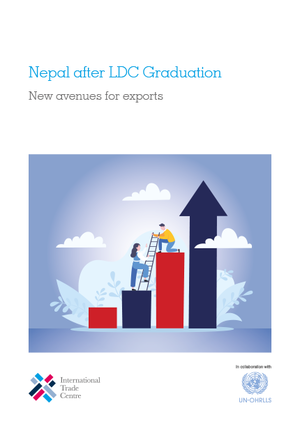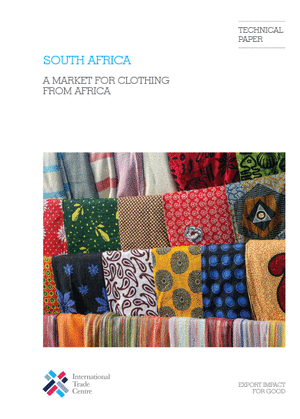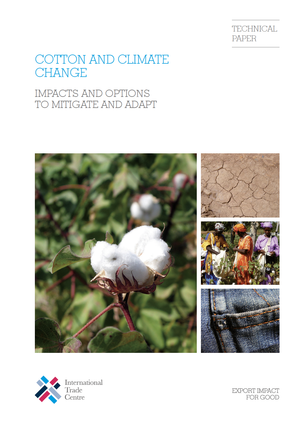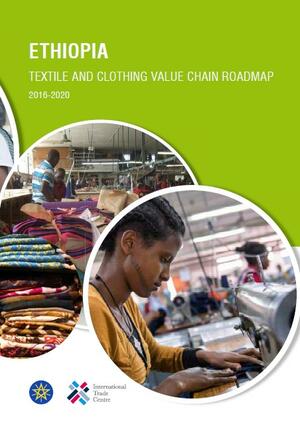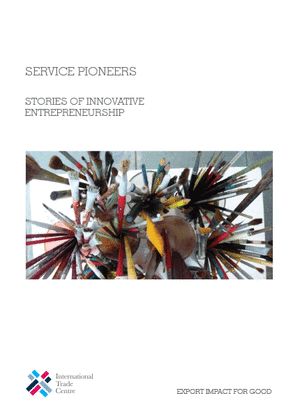SME Competitiveness Outlook 2021: Empowering the Green Recovery
The SME Competitiveness Outlook 2021 analyses how small businesses can rebuild from the COVID-19 pandemic so they are prepared to face the looming climate crisis. It provides a 20-point Green Recovery Plan to foster competitive, resilient and environmentally sustainable small and medium-sized...




